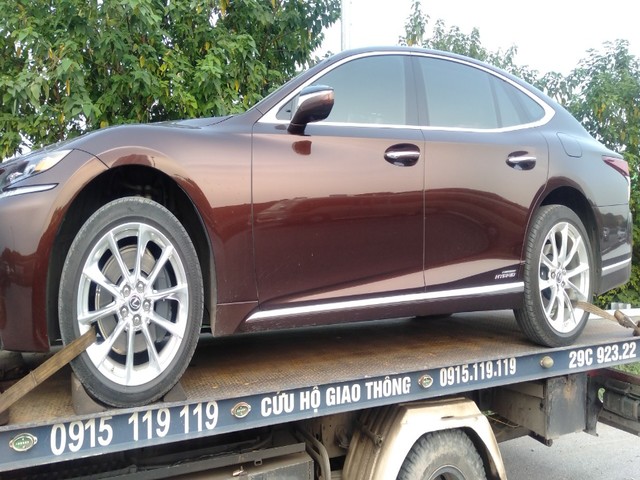

Even so, my aspiration for the 21 Super Angulon extends beyond just emergency use. In that way, dealing with color shifts might not seem overly burdensome or even unreasonable in practice, given the benefit of having the 21mm focal length available at the ready. It's one of those lenses that is small enough to be left unobtrusively inside a bag, only to be felt on those emergency situations when the go-to 28 to 35mm focal length just isn't wide enough.


It is the reason why I haven't forsaken it. Back in the days of film, I cannot tell you how often such a little gem proved indispensable on those occasions when a wider angle of view became necessary. Yes, size is the defining feature of the 21 Super Angulon. But most importantly, what's best about the 21 Super Angulon is it's size. In addition, it can almost focus as close as 15" (or 0.4m). It is the only 21mm M-mount lens with a 39mm filter thread. After all, there are many useful advantages specifically offered by this lens. If so, this lens rightly deserves a second look. That said, I've often wondered if the color shift from the 21 Super Angulon could be resolved in post. It's no wonder then the 21 Super Angulon is largely ignored on online reviews, unless if the image captures are converted to black and white. Dealing with such an aberration in documentation might be too much for even the most initiated of professionals to accept (much less enthusiasts still finding their way). Speaking anecdotally, this magenta color shift is likely the reason why the 21 Super Angulon isn't more popular in digital image capture. As a result, an unmistakably magenta color shift appears on the right hand side of the documentation. Because of how deeply recessed the 21 Super Angulon is, the distance travelled by the incident light from the rear element to the sensor plane is much too short for optimal digital capture. Sunny 16 Rule aside, there are still bigger issues than metering that makes the 21 Super Angulon much too problematic for even the initiated to handle. As a result, the 21 Super Angulon might be a little too challenging for those unfamiliar with external meters or the Sunny 16 Rule. Because of that, light is obstructed from entering the internal meter for an accurate reading. To be specific, the barrel of the lens extends beyond the placement of the internal light meter. For one thing, the issue of lens design makes the prospect of conventional metering impossible. As a result, the normal operation of the Leica M10 is noticeably impacted, which is why the 21 Super Angulon isn't more popular.Īdmittedly, the 21 Super Angulon might expect too much from the uninitiated.

In doing so, light enters the lens into the camera in a way unintended for conventional digital photography. In making it a compact lens, much of the lens had to be recessed behind the lens mount. The issue of compatibility is caused by the lens design of the 21 Super Angulon. Unfortunately, the 21 Super Angulon suffers from issues of compatibility when used on a digital rangefinder. I will demonstrate how the Leica 21mm f/4 Super Angulon-M can be used on a Leica M10. For those of you who are not familiar with this lens, it is probably one of the best lens ever made for Leica M-mount rangefinders. At the very least, I should try to be more informative.Īfter all, this blog post will attempt to do something that hasn't been demonstrated before on the internet (or at least to my knowledge). It was getting too narrative to the point of irrelevance. If I were to be perfectly frank, I was somewhat unsatisfied with what I had written. The horror, the horror! How could such a misfortune befall my workflow? But then in retrospect, perhaps it was for the best. It's now Saturday afternoon, and I just realized I lost my previous write up to this post. Sometimes fate has a very poor sense of humor.


 0 kommentar(er)
0 kommentar(er)
